12 new games created for long-obsolete consoles
Old consoles never die
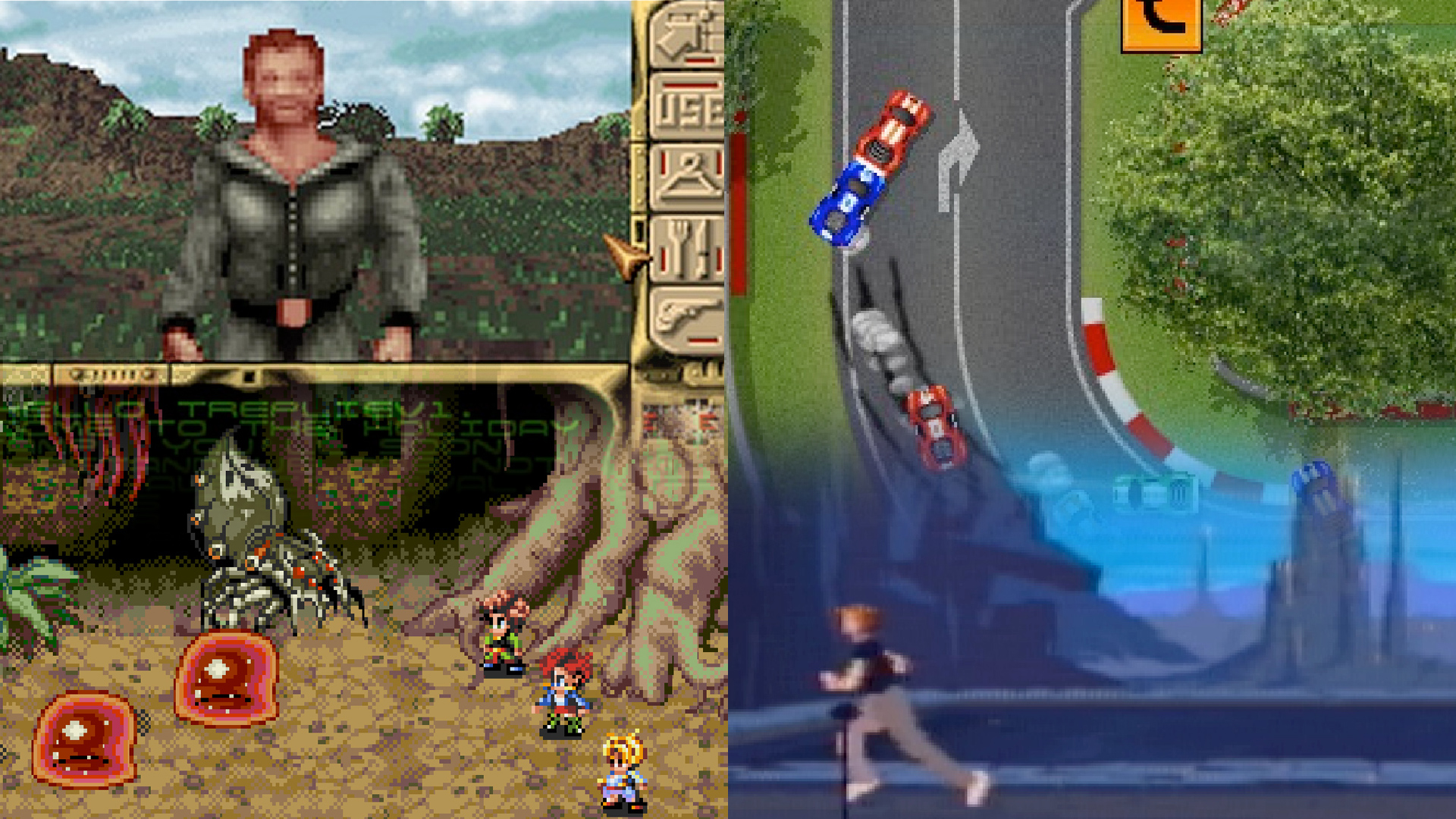
Old consoles never die
Many video games live on long after the consoles they were originally made for have gone to the create recycling crate in the sky. We’ve ended up re-buying old games on Virtual Console, Steam and PSN/Xbox Live more than we’d care to admit.
But some old consoles have also managed to cling to life long after their manufacturers stopped making them, and shops stopped letting them near their shelves. Making new games for old consoles is a strange little subculture in the gaming world, one a little odder than today’s indie scene.
Like any subculture it's necessarily restricted to a niche audience of die-hards, but you still have to wonder why people would pile hundreds or thousands of hours into making a new cartridges for the SNES – or, even more obscure, the Atari Jaguar. It’s no way to become a millionaire.
They still do it, though, and we love the fact that they do. Here are 12 of the most notable post-mortem games released for consoles.
- Welcome to TechRadar's Console Gaming Week, celebrating each and every pixel of video gaming greatness. Head over to our hub for what you've missed so far.
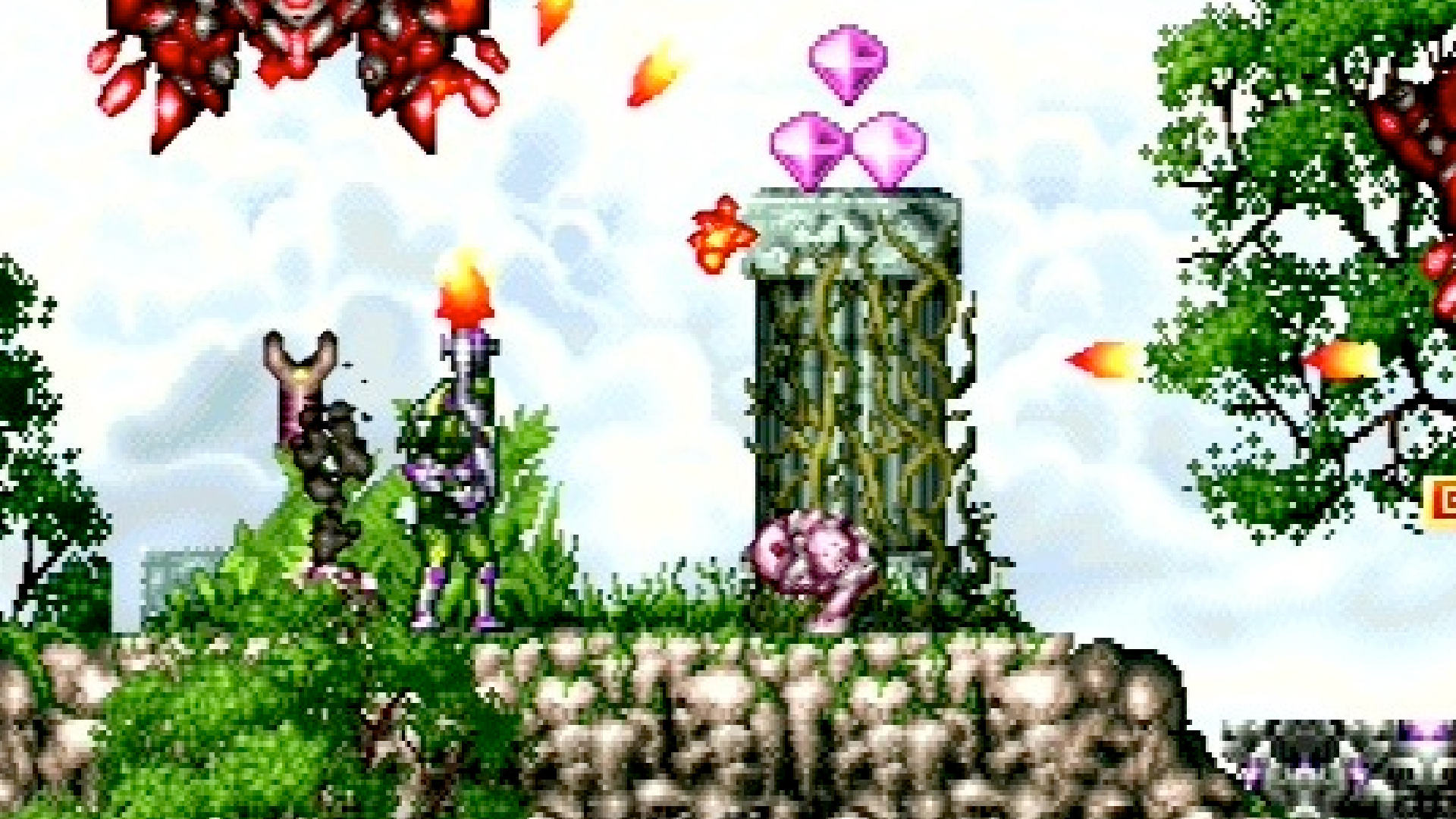
Gunlord
Sega Dreamcast, 2012
The Sega Dreamcast: most romantic of console failures. It has, weirdly, outlasted a lot of consoles of the time though, thanks to a drip-feed of games released way after it was discontinued back in 2001.
NG:DEV.TEAM is the company behind several of the most notable releases, including 2012 platformer Gunlord. It was also released for Neo Geo, although rather than being inspired by Dreamcast or Neo Geo classics, it's closer to an homage to early 90s platform blaster Turrican.
Forgive the retro-looking graphics and Gunlord looks like a game made by a large team. However, the bulk of the work on NG:DEV.TEAM’s titles is done by German brothers Timm and René Hellwig.
Their other games include 2006’s horizontal shooter Last Hope, and 2010’s vertical shooter Fast Striker.
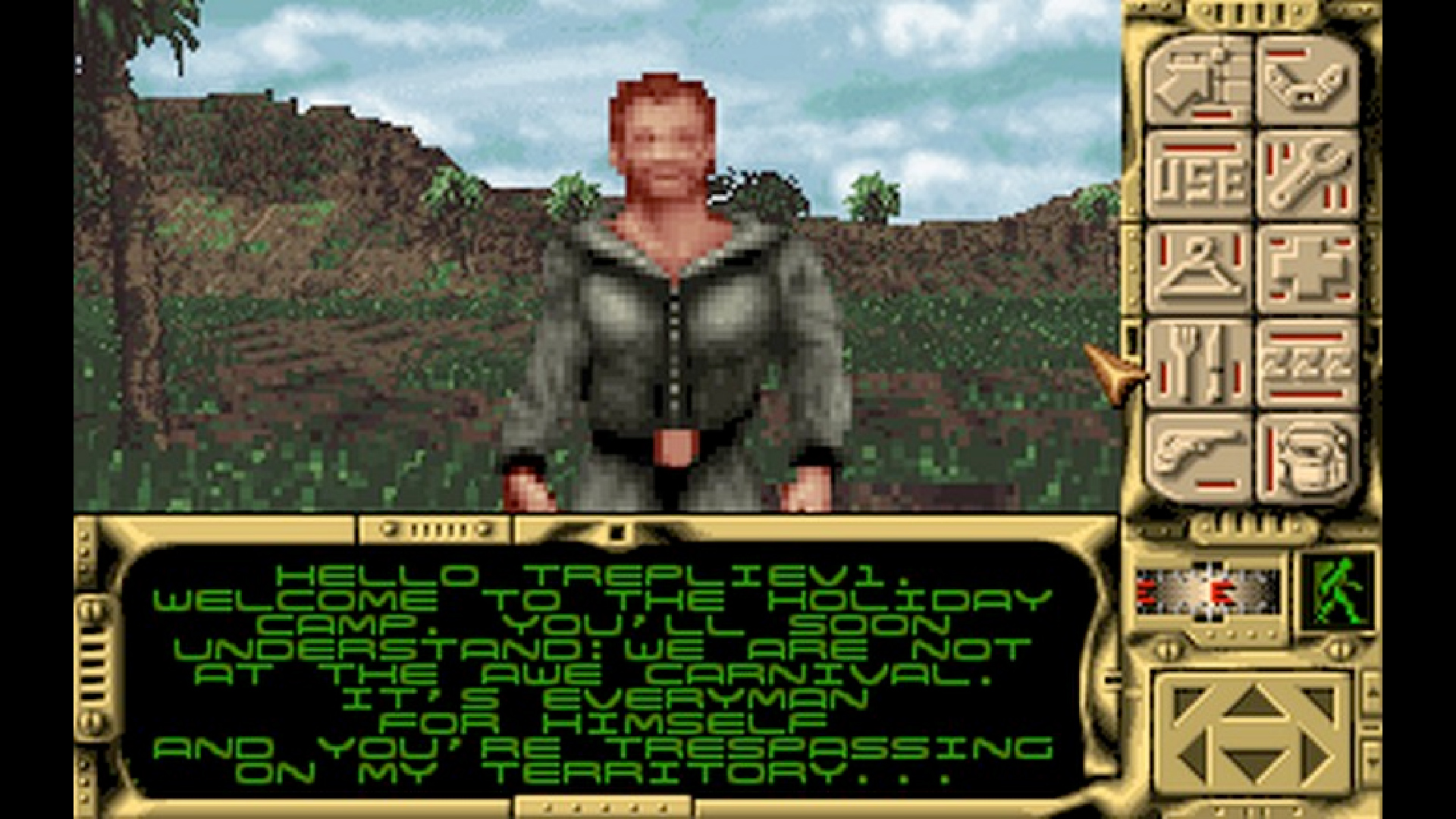
Robinson’s Requiem
Atari Jaguar CD, 2011
Back in the mid-90s, Robinson’s Requiem was not the sort of game you see on consoles. It’s a deeply unfriendly survival game in which you can die from malaria, food poisoning and starvation, as well as being eaten or by breaking your leg after falling down a slightly-too-steep hill.
The critics didn’t love the PC release in 1994, but that only made it a better fit for the console that looks more like a toilet than any other: the Atari Jaguar CD. You have to admit the premise is neat too. You’re an officer aboard a spacecraft that crashes on alien world Zarathustra, and you have to try to survive on this planet, filled as it is with psychopathic humans and equally-friendly creatures/monsters.
It’s a first-person, open-world exploration game where you need to keep an eye on your health stats as much as on the horizon. A Jaguar CD port of Robinson’s Requiem was worked on during the console’s lifetime, but disappeared into gaming’s black hole along with the Jaguar and its toilet seat CD add-on before release.
It resurfaced in 2011 thanks to Songbird Productions, a retro Atari publisher and 15-plus-year side project of Chris Forhan, who by day works for Seagate.
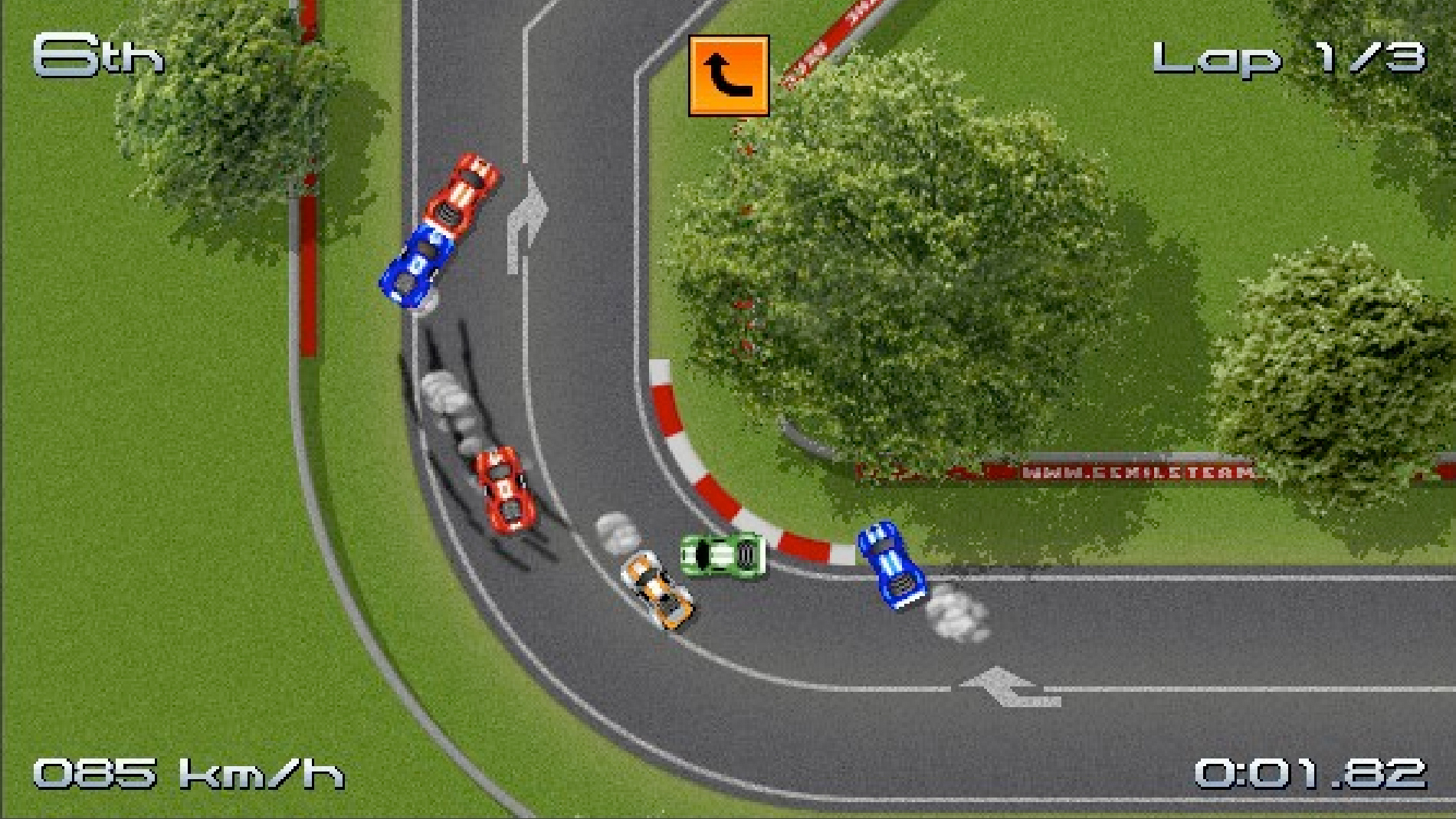
Rush Rush Rally Racing
Sega Dreamcast, 2009
Released 10 years after the Dreamcast arrived in the US and Europe, Rush Rush Rally Racing started off as an entry in a Dreamcast programming competition before being completed and released as a full-on commercial title. With a CD jewel case and everything.
It’s a Micro Machines-style top-down racer, complete with split-screen multiplayer. This is the sort of game we wouldn’t have seen in the Dreamcast’s natural lifetime, given that it looks a bit like a spruced-up 16-bit release, but it received good reviews in its 2009 afterlife. It’s not 3D, but it is fun.
Its developer, Senile Team, is made up of just four people, and some of you may know about another of its projects, Beats of Rage. This is an open-source game engine that lets you make your own Streets of Rage-a-like games.
Senile Team has just released a new version of Rush Rush Rally for Dreamcast, called Rush Rush Rally Reloaded, which adds modes from the WiiWare release and tweaks the game's graphics.
Rush Rush Rally Racing was also released for Wii Virtual Console in 2012.
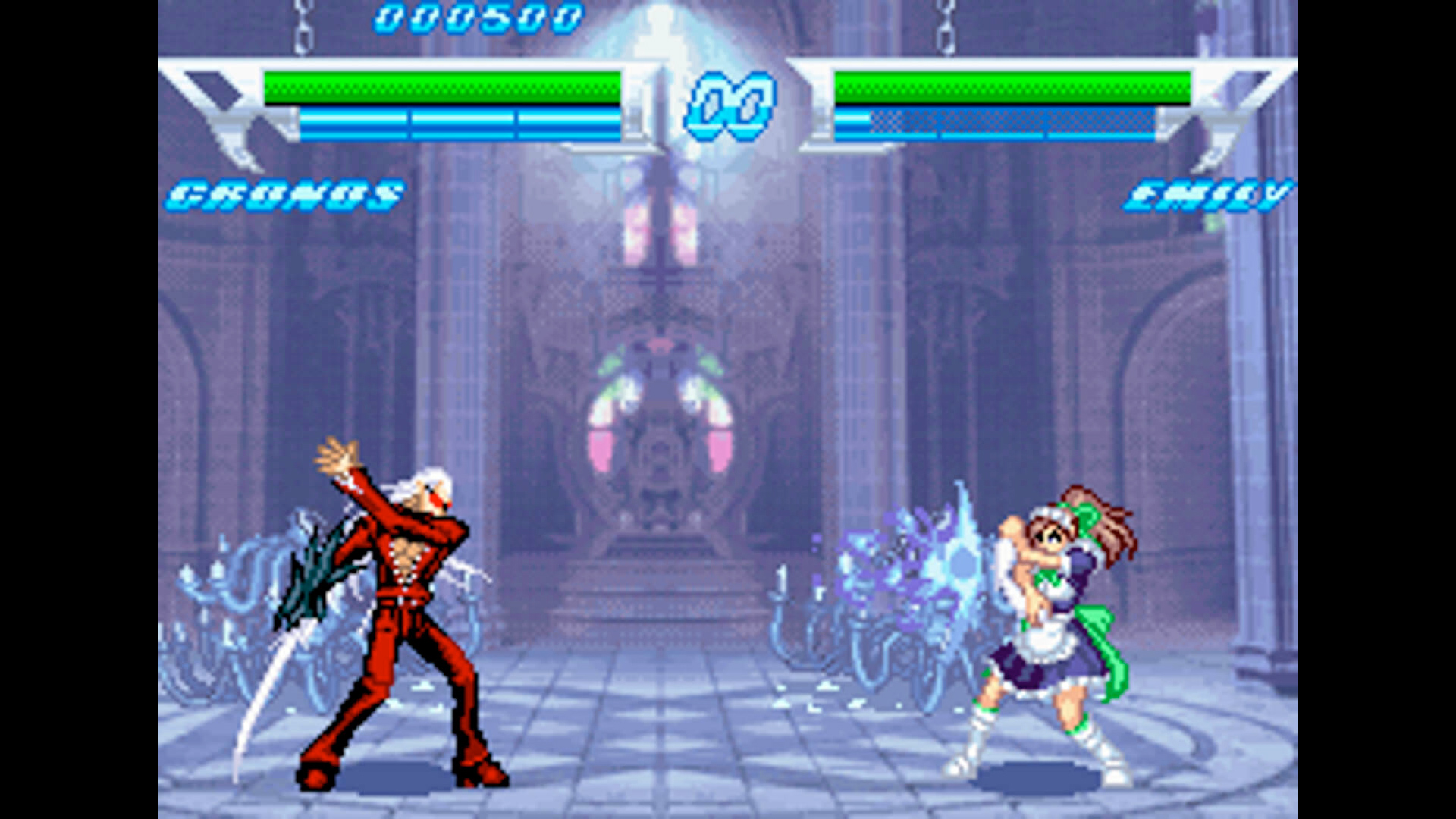
Unholy Night
SNES, 2017
As the recent NES Classic Edition proved, only fine wines age as well as Nintendo consoles, and if an SNES Classic Edition arrives as hoped, our money will be ready. A brand new SNES game is set to launch right about now too.
Unholy Night is a one-on-one fighter – think Street Fighter or Darkstalkers – and boasts a dev team that includes people who worked on some of the classic SNK King of Fighters games.
It looks fantastic, despite a slightly limited cast of six playable characters that could have been lifted right from generic Anime series #0349. Unholy Night has been shown off working at a vintage game show in Hong Kong, and we’re now just waiting for it to arrive.
It was originally set for release in February 2017, but a brand new Kickstarter for Unholy Night has been posted, offering cartridges from April 2017. A donation of $35 or more gets you the cartridge, which is a good deal considering the hundreds of dollars you can spend on some other retro revival cartridges.
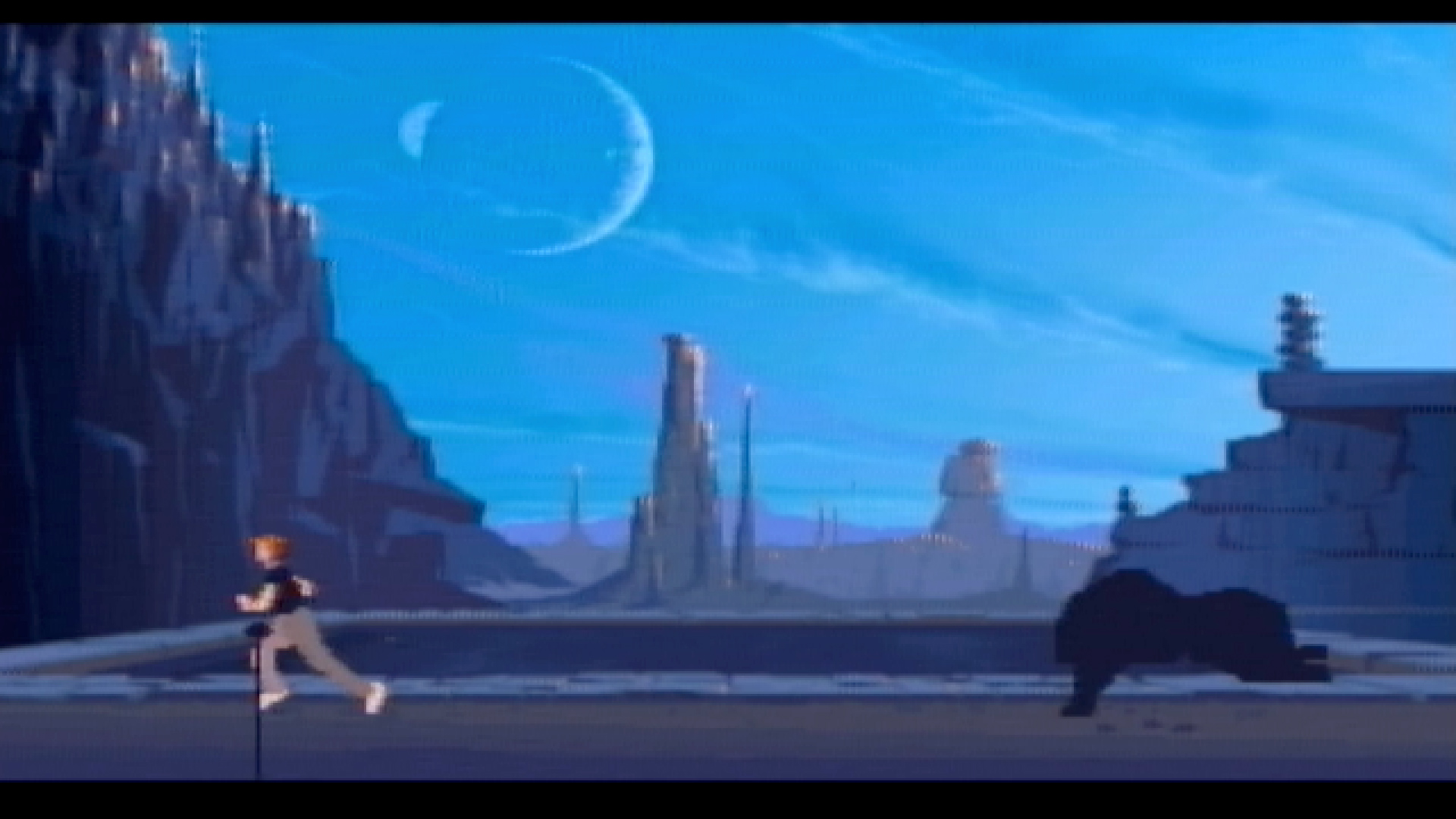
Another World
Atari Jaguar CD, 2013
When a console dies suddenly like the Atari Jaguar, you can be sure a whole slew of games in development will be left adrift – and we initially assumed this limbo is where 2013’s Another World for Jaguar emerged from.
It’s more unusual, though. Another World for Jaguar is a separate port developed by French indie group The Removers, with the approval of Eric Chahi, the original designer of the game.
A real indie labour of love, it was released on cartridge, complete with a box and manual just like the fistful of Jaguar games released by Atari back in the mid-90s. As we write this there’s a copy going on eBay for £640. Ouch.
For those who weren’t playing games back in the early 90s, Another World was a classic of its time. It’s a platformer whose brooding, bleak style has more in common with today’s deliberately thought-provoking indie games, such as Limbo, than it does with many of its 1991 fellows.
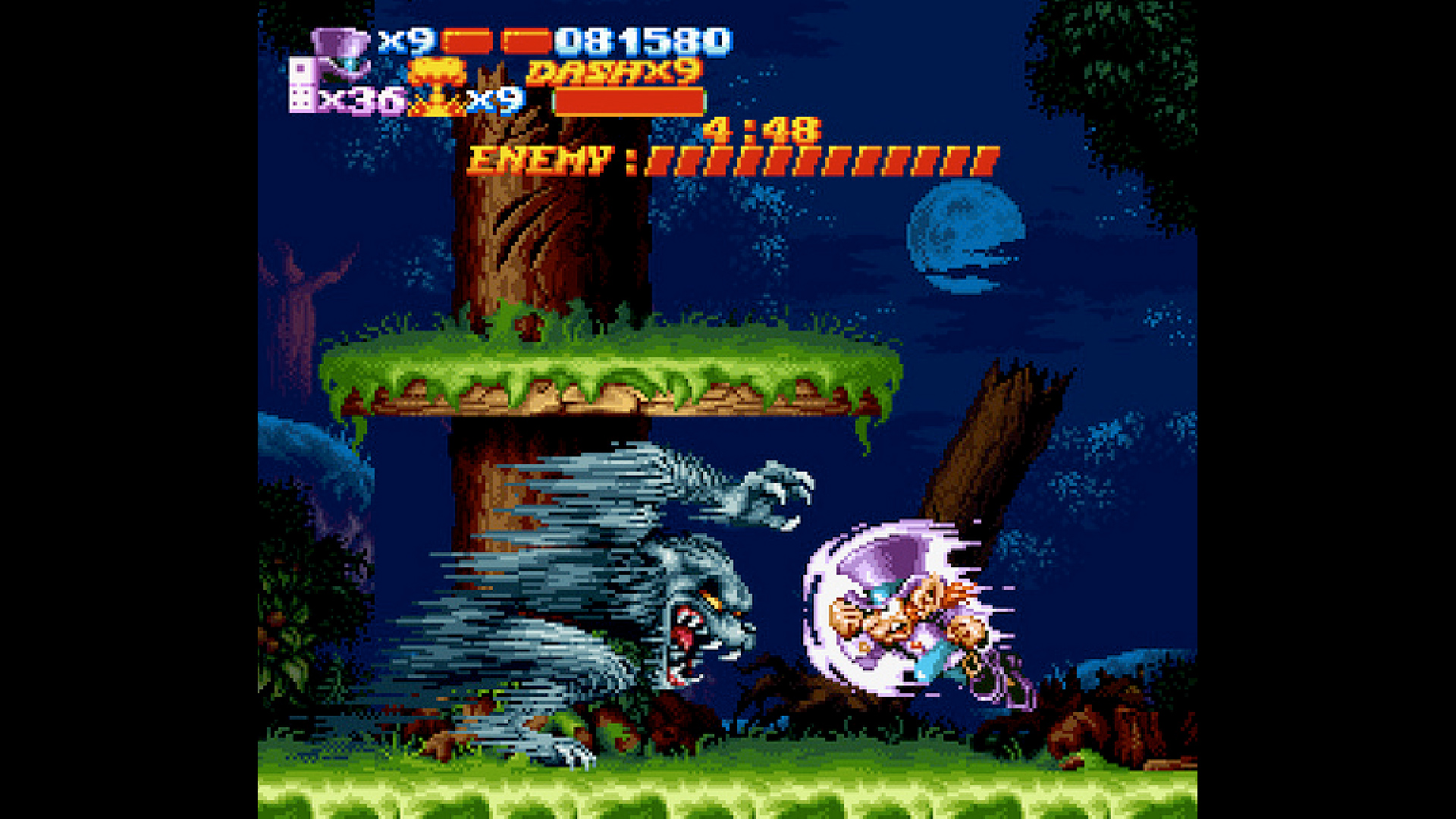
Nightmare Busters
SNES, 2013
Nightmare Busters was developed for the SNES back when it wasn’t a ghost of Christmases past; it ended up getting released in 2013, but when the main character looks like a cross between the X-Men’s Gambit and a leprechaun, that Nightmare Busters was originally cancelled may seem sensible.
In person, though, it works. Nightmare Busters is a sort-of evil twin of SNES classic Mickey Mania, with welcome shades of arcade classic Metal Slug splattered across it.
Nightmare Busters is published by serial retro revivalists Super Fighter Team, and you can 'pre-order' a cartridge at the website now for $78 in the US or $85 elsewhere. It’s not clear when/if another run is planned, though.
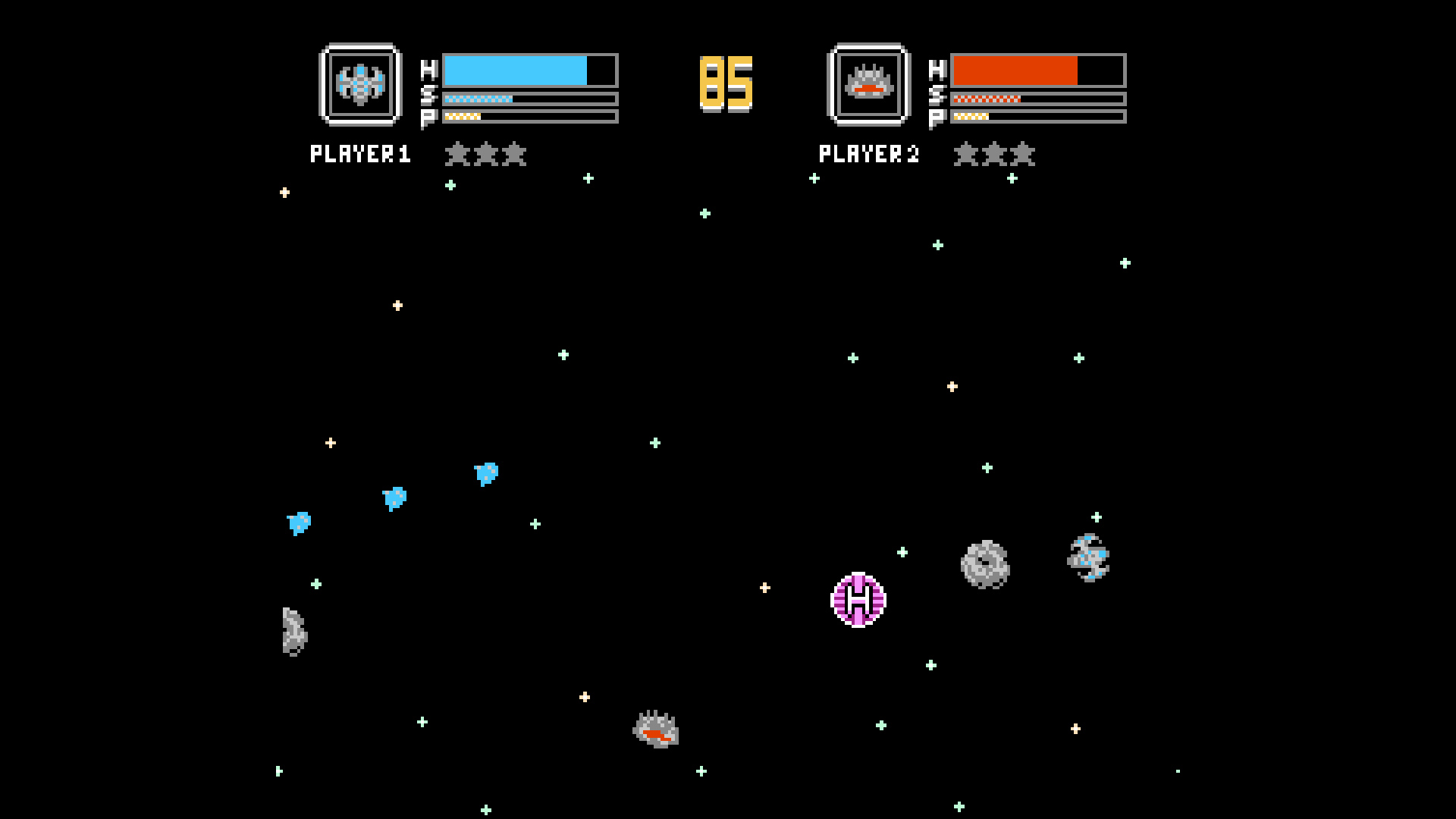
Star Versus
NES, 2015
More than 30 years after it arrived in the US, a new game was released for the good old NES in 2015, called Star Versus. It’s a one-on-one space blaster, and a classic 'easy to pick up, hard to master' title.
There are four ships, four battle ‘arenas’, and a whole bunch of moves your ship can make that turn it into a Street Fighter-like dance, rather than the sort of point-and-shoot fodder Atari 2600 games of this kind tend to offer. Star Versus also has a single-player mode, a little like an NES take on Geometry Wars.
It was released in 2005 but, as we write this, you can still buy the cartridge from Studio Dustmop’s website for a reasonable $40.
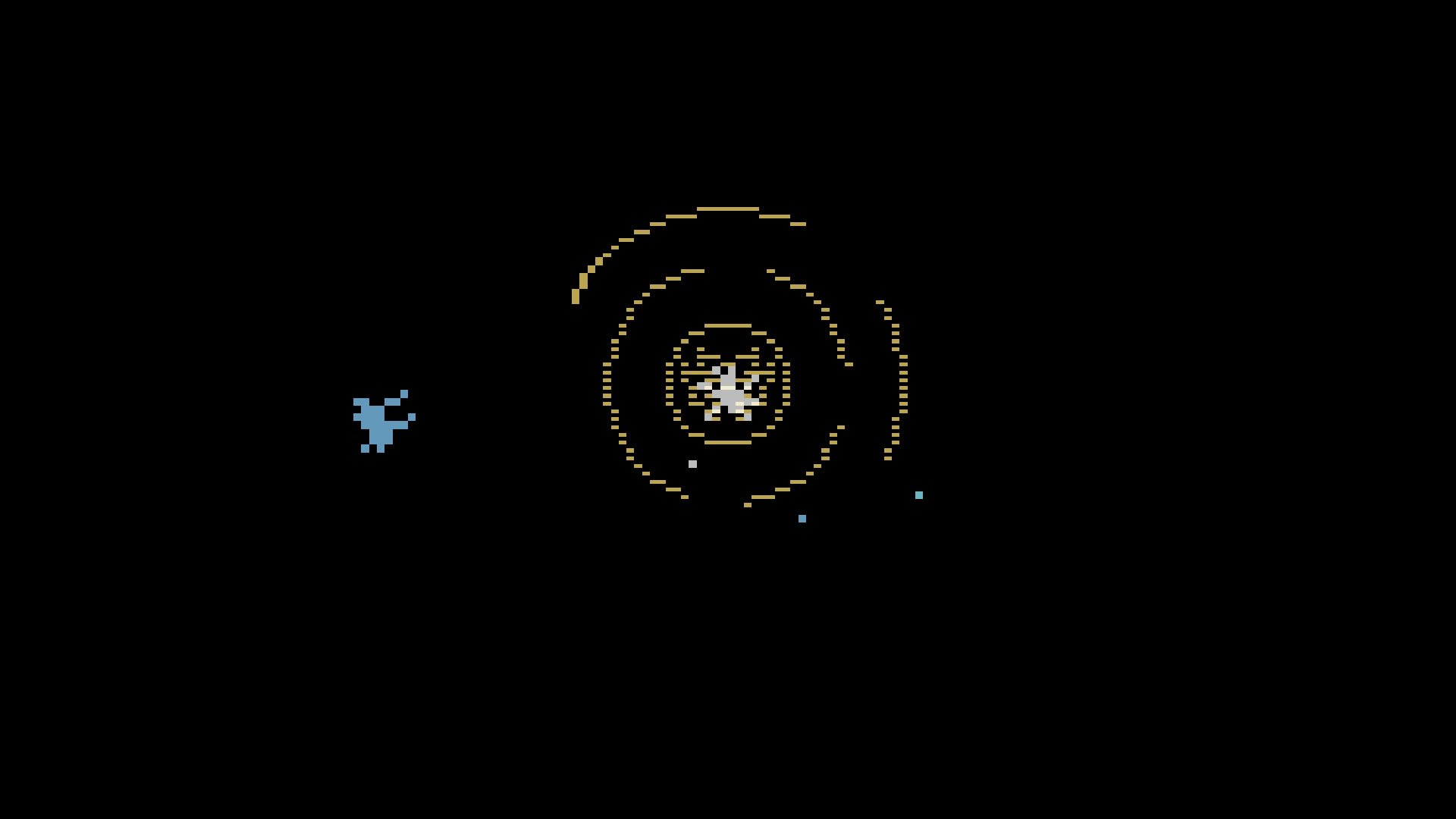
Star Castle
Atari 2600, 2013
How do you get someone to do something? Tell them they can’t – and this particular challenge dates back more than 35 years.
One of the most popular Atari 2600 games, Yars’ Revenge, was born after Atari programmer Howard Scott Warshaw tried and failed to make a port of 1980 vector graphics arcade game Star Castle. He said it couldn’t be done, owing to the technical limitations of the Atari 2600 hardware.
D. Scott Williamson disagreed, and after several failed attempts he first showed off his Atari 2600 port of the game in 2010. We can’t say Howard Scott Warsaw cared by this point, almost 30 years later, but the public apparently did.
Williamson created a Kickstarter to get the game into production, and 418 backers earned him $24k’s worth of support. That’s not a lot by Kickstarter standards, but it was enough, and you can now buy Star Castle from Atari Age for $30.
For those who've never stumbled into this ancient arcade classic, you control a space fighter craft, and must try to break through the shields of an enemy mother ship before it shoots you down.
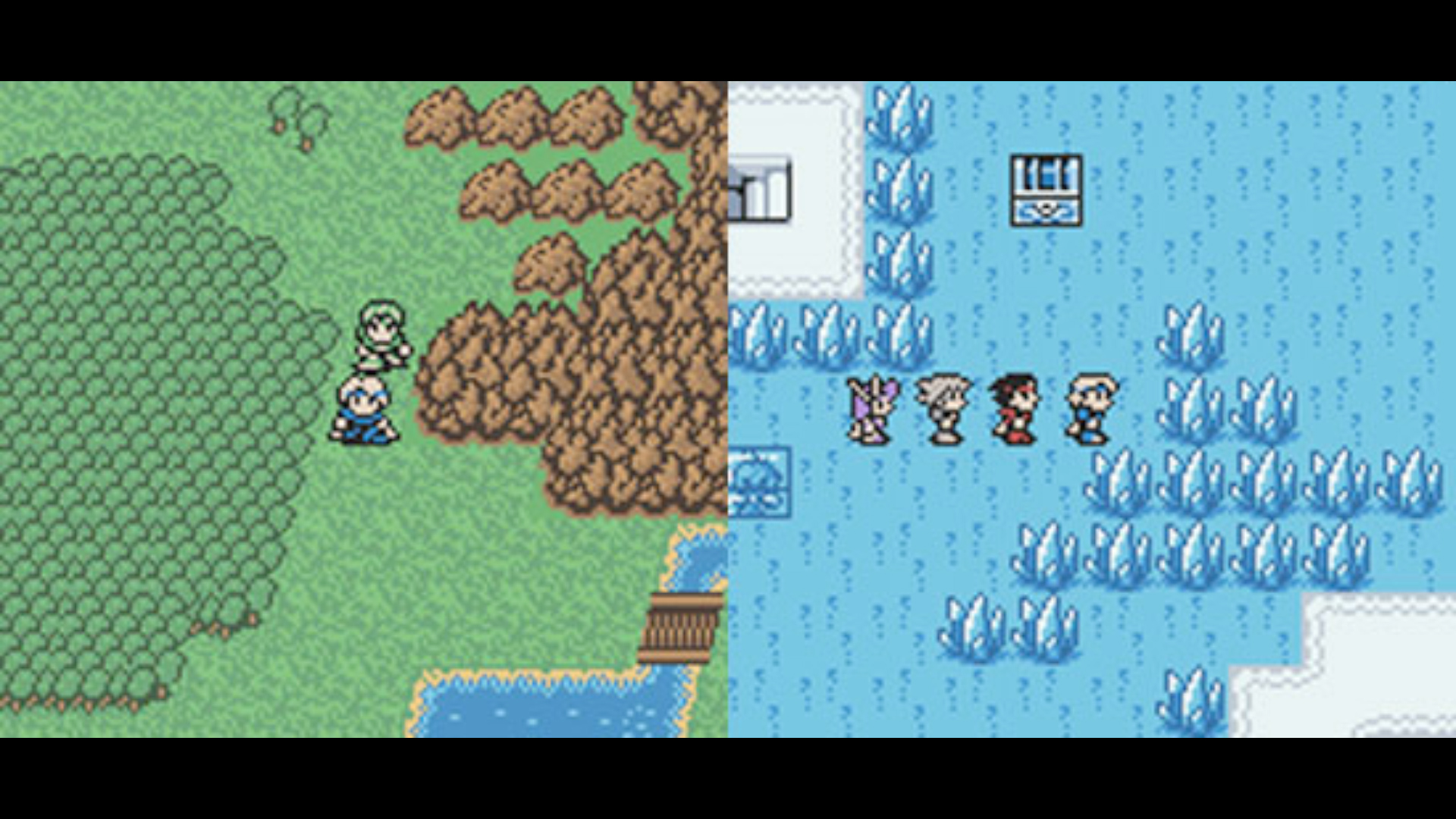
Infinity
Nintendo Game Boy, 2016
Those who don’t make games often think of indie games as small projects; crank out a game on your evenings and weekends and you could become the next Notch (he’s the chap behind Minecraft).
Infinity tells a different story – it wasn’t intended to be just an indie pet project. Affinix began working on this ambitious Zelda-like RPG for the Game Boy Color back in the late 90s, but by the time it was ready to approach publishers at the turn of the century the Game Boy Advance had already arrived.
Despite it looking great for a GBC game, publisher interest dried up, and Affinix failed to secure a deal for Infinity’s distribution. Affinix disbanded, and its would-be game stars left the industry altogether.
After nine years of radio silence, though, Affinix popped up again in late 2016 to release an unfinished version of Infinity on its website, in ROM form. You can try it right now using an emulator – legally for once.
And this might not be the end of the Infinity saga, as the release of the source code means others can have a crack at finishing this '90%-complete' game.
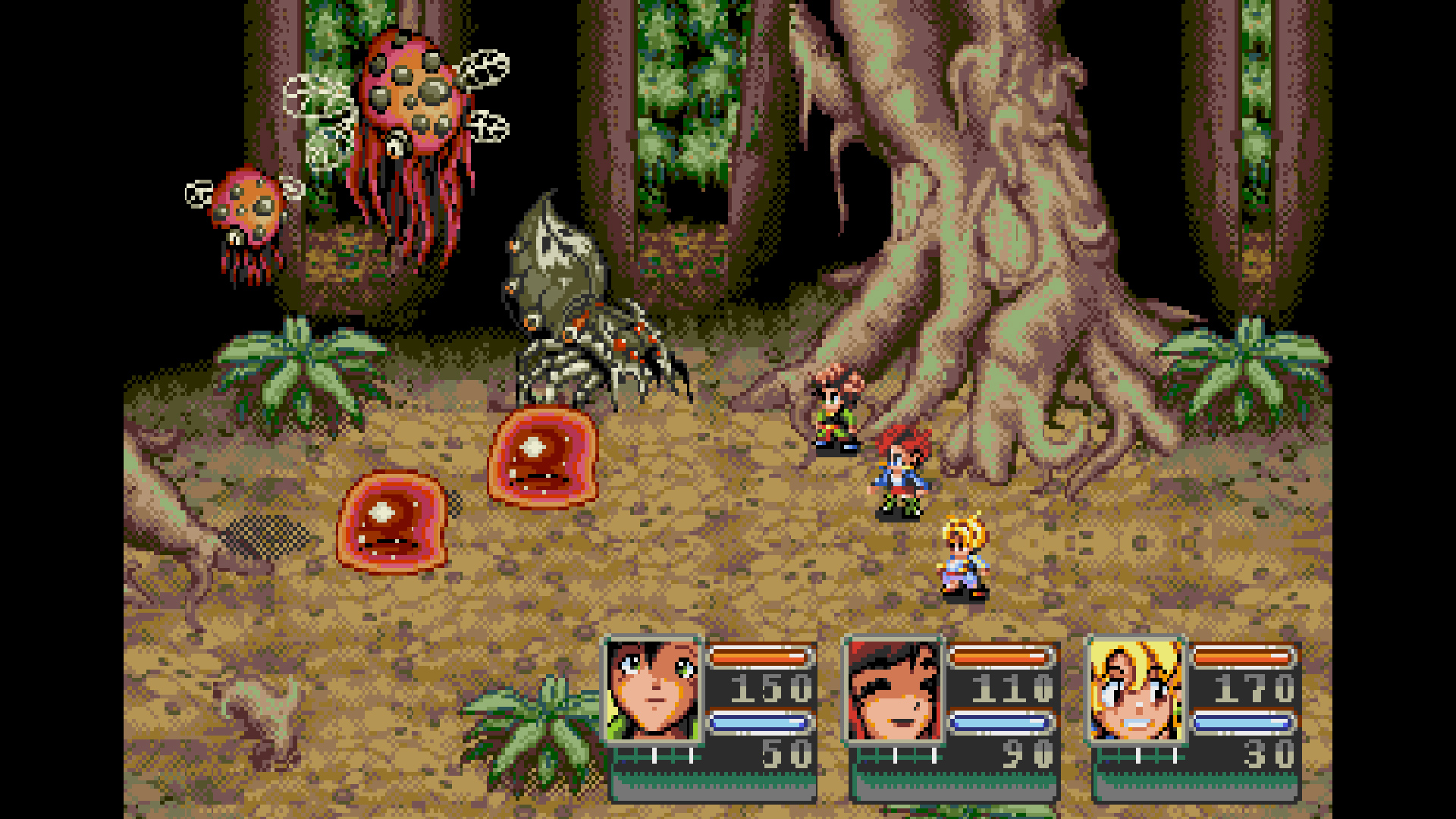
Pier Solar
Sega Genesis/Mega Drive, 2010
Top-down role-player Pier Solar is an indie Mega Drive/Genesis game, but also one of the most beautiful titles released for the console. It arrived in 2010 and for a mere few hundred pounds or dollars you can buy a Pier Solar cartridge on eBay.
The small handful of runs of the cartridges sold out almost immediately, even though praise for Pier Solar in 2010 mainly focused on the music and graphics. We’ve not forked out for a cart ourselves, but it’s widely regarded as a bit of a regressive RPG behind all the glorious gloss.
That hasn’t stopped Pier Solar from spreading its tendrils further, though – Pier Solar HD was released in 2014/2015 for Sega Dreamcast and a whole slew of modern platforms, including Steam and PS3/PS4.
Unless you’re still stuck in 16-bit land, you might want to check this new version out.
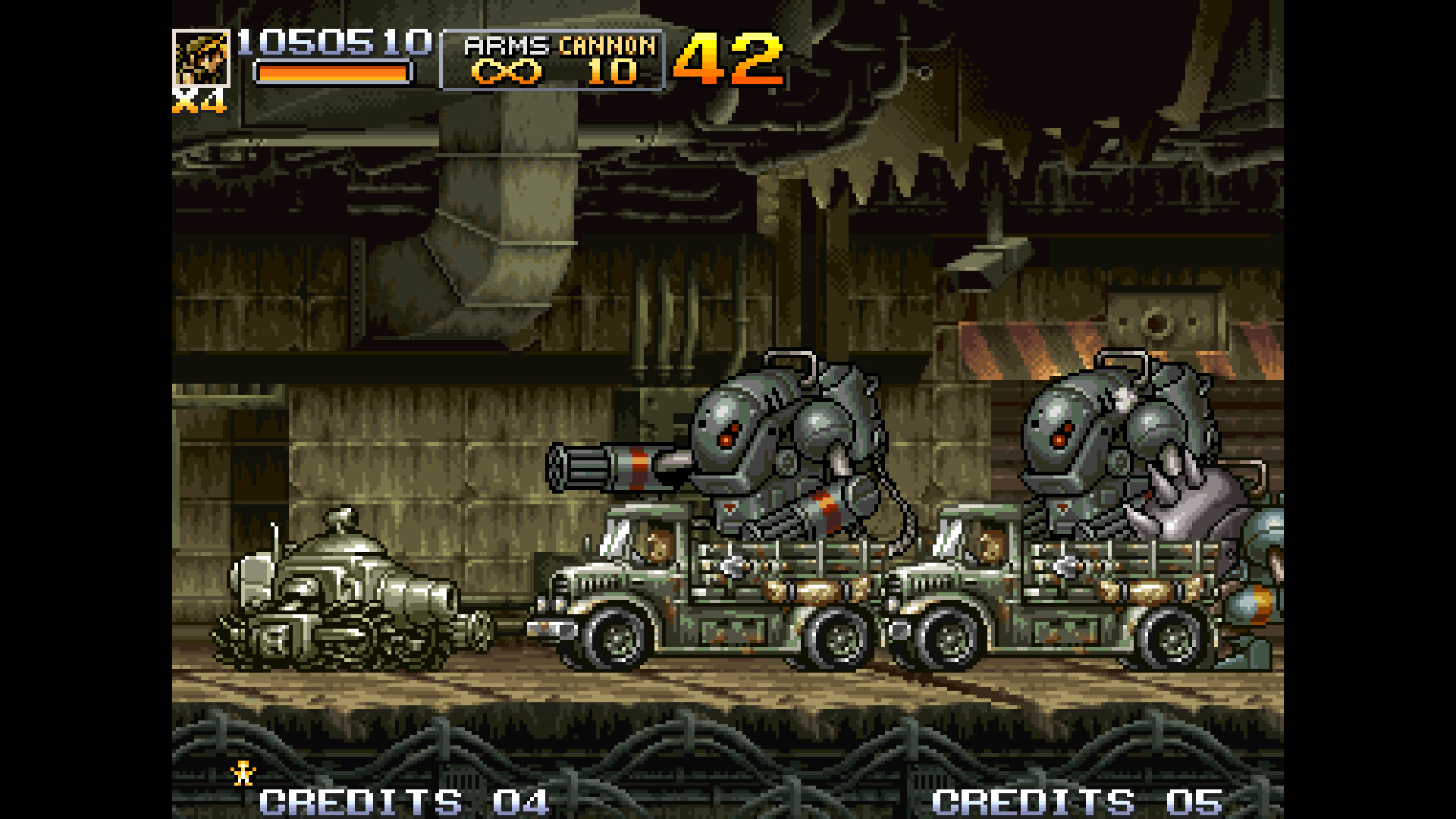
Metal Slug 5
Neo Geo, 2004
If you were of console-buying age back in the 90s you wouldn’t have guessed that the Neo Geo would outlast the SNES and Genesis/Mega Drive. It was the most expensive home console ever at the time, and its games were four or five times the price of its Sega/Nintendo counterparts.
Commercial, licensed, non-homebrew games were still being released for Neo Geo almost 15 years later, though, and in the last batch, released in 2004, were Metal Slug 5, The King of Fighters 2003 and Samurai Shodown V. For some context, by this point the Xbox and PS2 were already well-established consoles two generations ahead.
The Neo Geo's longevity comes down to its original appeal: it was the embodiment of the original home console dream, of having an arcade in your living room – the Neo Geo AES is simply the home version of the Neo Geo MWS systems you’d see in the arcade.
By 2004 most arcades in the west had closed down, but there were enough in Japan to warrant the development of a handful of new Neo Geo arcade titles.
Thanks to their ultra-limited production runs, home console cartridges of these final Neo Geo games cost a not-that-small fortune. GameValueNow estimates Metal Slug 5’s value at $3,695, King of Fighters 2003 at $2,166 and Samurai Shodown V Special at up to $4,242.
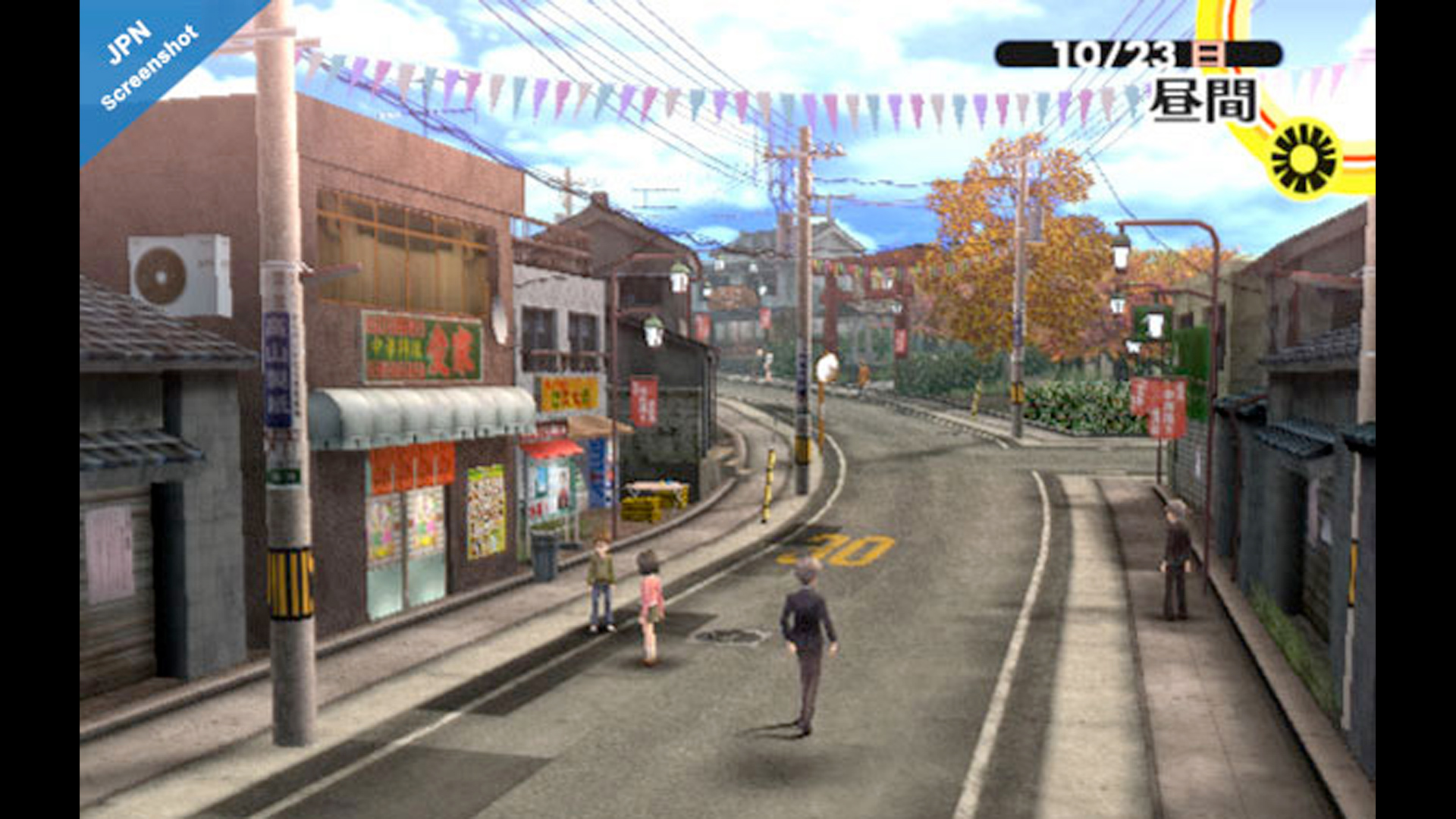
Persona 4
PlayStation 2, 2009
The PS3 was released in 2006, but the PS2 wasn’t discontinued until the very end of 2012; consoles that sell over 150 million units take their time to disappear into the night.
The 2009 release of Persona 4 for PS2 isn’t quite like the other games we’ve listed here – it’s more a testament to quite how long the console took to die.
When Persona 4 came out the PS3 had already been out for well over 18 months, but publisher Atlus still decided to bring it to the older PS2. While the game made its biggest impact in Japan, it made a great swan-song for the old dog – certainly more than the very last PS2 game, Pro Evolution Soccer 2014, released four years later in 2013.
Persona 4 is an unusual RPG, one with elements of a social sim mixed in; mainstream games don’t get much more Japanese than this. Developer Atlus also released a ‘remastered’ version for PS Vita, called Persona 4 Golden, in 2012.

Andrew is a freelance journalist and has been writing and editing for some of the UK's top tech and lifestyle publications including TrustedReviews, Stuff, T3, TechRadar, Lifehacker and others.